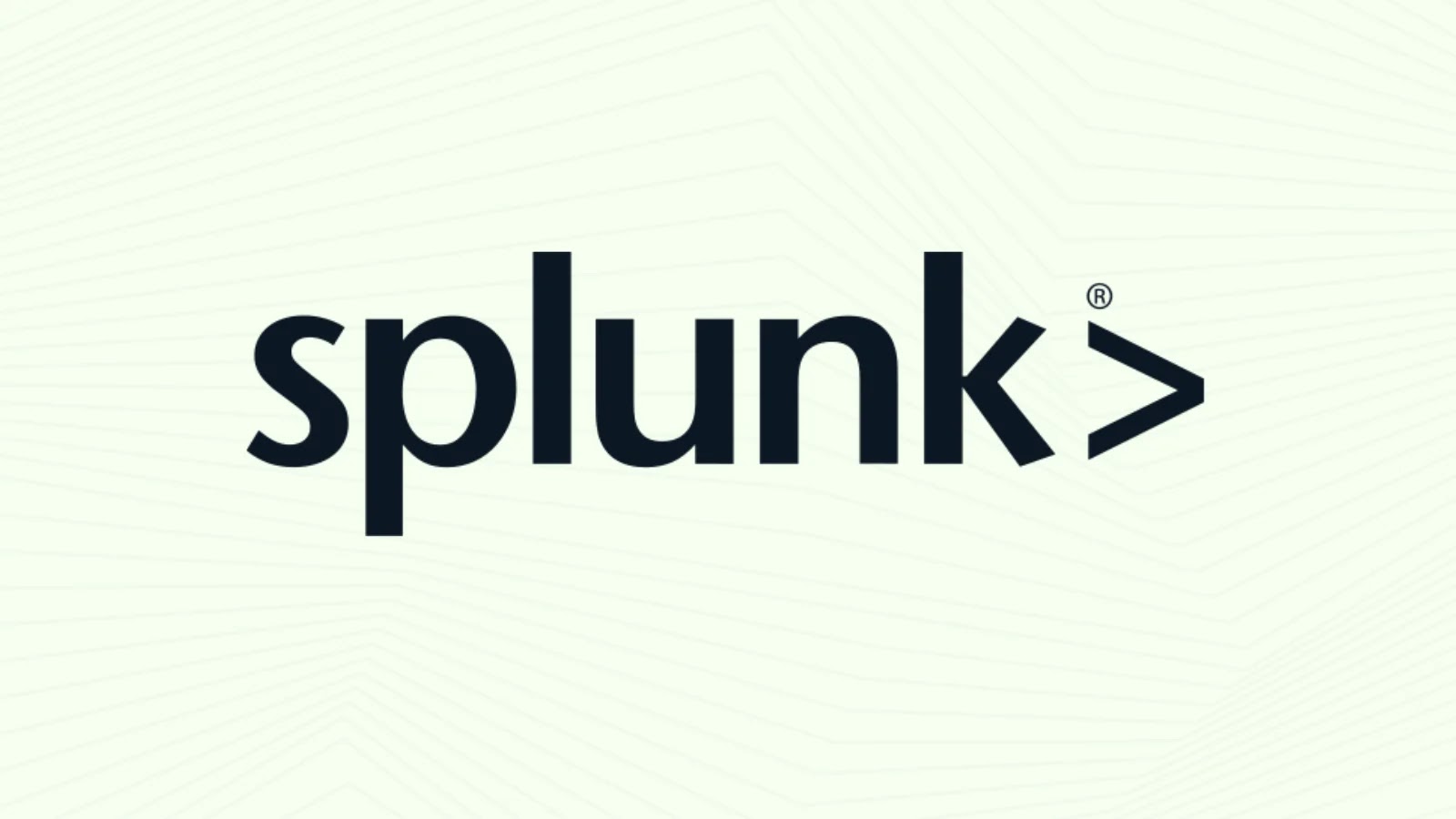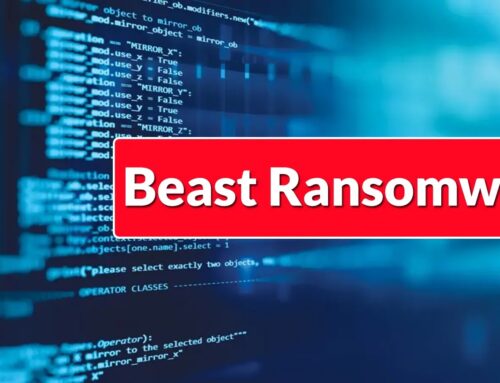
Multiple Splunk Enterprise Vulnerabilities Let Attackers Execute Unauthorized JavaScript code
The digital landscape is a constant battleground, and even the most robust platforms can present vulnerabilities. Recently, Splunk, a leading platform for security information and event management (SIEM), released critical patches addressing multiple security flaws in its Enterprise and Cloud Platform products. These vulnerabilities, some allowing for unauthorized JavaScript execution, sensitive data access, or denial-of-service (DoS) conditions, underscore the persistent need for vigilance in cybersecurity. Organizations leveraging Splunk are strongly advised to understand the implications of these findings and apply the necessary updates promptly.
Understanding the Splunk Vulnerability Landscape
On October 1, 2025, Splunk published advisories detailing six distinct security flaws. These vulnerabilities range in severity from Medium to High, indicating potential impacts that could range from information disclosure to full system compromise if exploited. The most concerning of these allow attackers to execute arbitrary JavaScript code within a user’s session, a classic client-side attack vector that can lead to credential theft, session hijacking, or further malicious activity.
While the specific details of each vulnerability are often complex, the overarching theme is a compromise of data integrity, confidentiality, or availability. Such flaws demand immediate attention from security teams and IT administrators.
Key Vulnerabilities and Their Impacts
While the official advisories from Splunk would provide the precise CVEs and detailed descriptions, based on the summary, we can infer the types of vulnerabilities commonly found in such platforms:
- Unauthorized JavaScript Code Execution: This is often indicative of Cross-Site Scripting (XSS) vulnerabilities. Attackers can inject malicious scripts into trusted websites, which then execute in the victim’s browser. In the context of Splunk, this could involve injecting scripts into dashboards, reports, or alert messages that are then viewed by legitimate users. This can lead to session cookies being stolen, redirecting users to malicious sites, or performing actions on behalf of the user within Splunk.
- Sensitive Information Disclosure: This type of vulnerability could manifest in various ways, such as improper access controls allowing unauthorized users to view sensitive logs, misconfigurations exposing API keys, or directory traversal flaws leading to the leakage of configuration files. The impact varies depending on the nature of the exposed information, ranging from minor privacy breaches to significant data compromise.
- Denial-of-Service (DoS) Conditions: DoS vulnerabilities aim to make a service or resource unavailable to its legitimate users. In Splunk, this could involve specially crafted requests that crash the application, consume excessive system resources, or lead to network saturation, thereby impairing its ability to collect, index, or search log data. Such an outage can severely impact an organization’s ability to monitor its security posture and respond to incidents.
Remediation Actions
Addressing these Splunk vulnerabilities is paramount for maintaining a strong security posture. Organizations must act decisively to protect their critical data and operations. The following steps are strongly recommended:
- Prompt Patching: The most crucial step is to apply the official patches released by Splunk. These patches specifically address the identified vulnerabilities. Always refer to Splunk’s official security advisories for detailed instructions and the correct patch versions for your specific deployments (Enterprise or Cloud Platform).
- Refer to Splunk’s official security portal for the latest advisories and updates: Splunk Product Security
- System Backup: Before applying any significant updates or patches, ensure a comprehensive backup of your Splunk environment (configuration files, data, etc.). This provides a rollback option in case of unforeseen issues.
- Monitor Splunk Logs: Post-patching, actively monitor your Splunk logs for any suspicious activity that might indicate a prior compromise or failed exploitation attempts. Look for unusual access patterns,
unexpected script executions, or changes in system configuration. - User Training: Reinforce security awareness training for all Splunk users, particularly regarding phishing attempts and the dangers of clicking on suspicious links, which could be part of an exploit chain for XSS vulnerabilities.
- Network Segmentation and Least Privilege: Ensure that your Splunk deployment operates within a segmented network where appropriate. Implement the principle of least privilege for all user accounts and service accounts accessing Splunk.
Relevant Tools for Detection and Mitigation
While direct patching is the primary mitigation, various tools can aid in detecting vulnerabilities and monitoring for post-exploitation activities.
| Tool Name | Purpose | Link |
|---|---|---|
| Nessus | Vulnerability Scanning & Asset Discovery | https://www.tenable.com/products/nessus |
| OpenVAS | Open-source Vulnerability Scanner | http://www.openvas.org/ |
| OWASP ZAP | Web Application Security Scanner (useful for XSS detection) | https://www.zaproxy.org/ |
| Splunk Security Essentials | Content for security monitoring, detection, and response using Splunk | https://splunkbase.splunk.com/app/3435/ |
| Any SIEM Solution (e.g., Splunk’s own) | Log aggregation and anomaly detection for post-exploitation monitoring | https://www.splunk.com/ |
Conclusion
The disclosure of multiple high-severity vulnerabilities in Splunk Enterprise and Cloud Platform serves as a crucial reminder that continuous security vigilance is non-negotiable. The potential for attackers to execute unauthorized JavaScript code, access sensitive data, or disrupt services highlights the importance of immediate action. Organizations must prioritize applying the provided patches, reinforcing their security controls, and maintaining proactive monitoring. Staying informed about vendor advisories and promptly responding to newly identified threats is fundamental to safeguarding digital assets in today’s evolving threat landscape.





